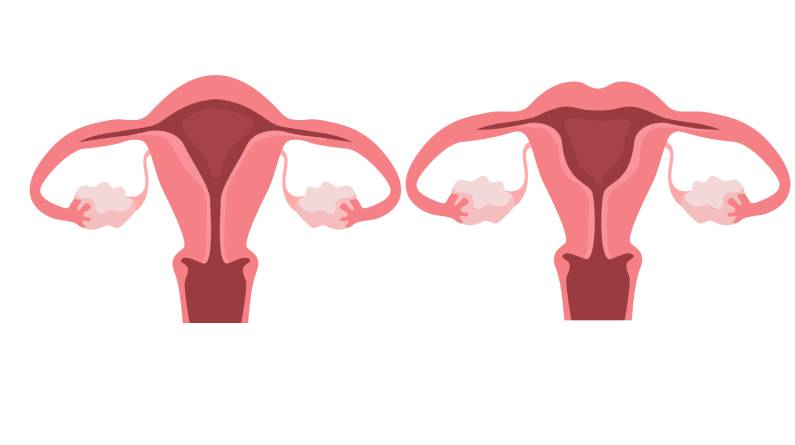Understanding Hysterectomy: Why It’s Necessary
A hysterectomy is a surgical procedure that involves removing the uterus, which is the womb where a fertilized egg grows into a baby. The uterus plays a vital role in menstruation, and its removal means that women who undergo this surgery will no longer experience menstrual periods.
Reasons for Hysterectomy
There are several reasons why a hysterectomy may be necessary. These include:
1. Uterine Fibroids: Non-cancerous growths that can cause heavy bleeding, pain, and discomfort during menstruation.
2. Cancer: Hysterectomy may be necessary to treat cancers of the uterus, ovary, cervix, or endometrium.
3. Endometriosis: A condition where tissue from the uterine lining grows outside the uterus, leading to irregular periods, heavy bleeding, and pain.
4. Adenomyosis: A condition where the uterine lining grows into the muscle of the uterus, leading to thickening of the uterine wall and heavy bleeding.
5. Hyperplasia: A condition where the uterine lining becomes too thick, leading to heavy and irregular bleeding.
6. Uterine Prolapse: A condition where the uterus slips out of its normal position and falls into the vagina.
Types of Hysterectomy
Depending on the reason for the surgery, there are different types of hysterectomy:
1. Open Surgery: A traditional surgical approach where a large incision is made in the abdomen.
2. Laparoscopic Surgery: A minimally invasive approach where small incisions are made in the abdomen and a laparoscope is used to guide the surgery.
What to Expect
Before undergoing a hysterectomy, it’s essential to discuss the risks and benefits with your doctor. The surgery may be performed to treat a underlying medical condition, and in some cases, it may be necessary to remove other reproductive organs, such as the ovaries or cervix.

